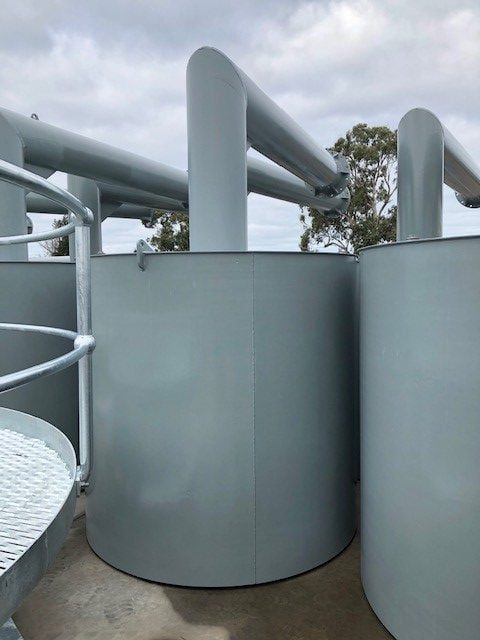Our rising population and the growing attraction of rural life means that more people are depending on sewage treatment plants to cope with their own wastewater. While these systems are a great alternative to a centralised wastewater treatment system, there can be significant consequences if they’re not maintained or run effectively.
If you’ve ever wondered what problems a
sewage treatment plant might run into and how they can be resolved, keep reading – here are some of the most common issues and their solutions.
Build-up
With a rise in the amount of larger solids, fibres and hair, downstream equipment is failing. Any sewage treatment plant operator needs to ask themselves whether their primary treatment process – screening – is adequate. Coarse or fine screening helps to remove large solids that can’t naturally break down, such as paper, plastic, containers, wood, and tin.
If these items aren’t removed from wastewater, they can cause damage, wear, blockages, and unwanted accumulation in the downstream plant and equipment. Treatment plant screens can be cleaned mechanically or manually, and you’ll generally find older and smaller facilities relying on manual cleaning.
Total Nitrogen (TN) targets
If there’s a problem with your wastewater, it’s important to assess your water for ammonia, nitrite and nitrate. If your treated effluent is high in ammonia or nitrate, it will carry a high TN level and render your plant non-compliant.
Ammonia must be removed with aerobic biological processes, and if you have high levels make sure your plant allows for higher dissolved oxygen levels, a long retention time, a low food-to-microorganism ratio, and adequate alkalinity.
Bacteria that thrive in a low-oxygen environment help reduce nitrate to nitrogen gas. These bacteria need biochemical oxygen demand (BOD) to work effectively. If your nitrate levels are high, your water may:
• Not have enough carbon: Bacteria need a large amount of soluble BOD, something many facilities struggle to provide.
• Not be nitrified: Your nitrification process needs to work before you can effectively denitrify your water.
Biochemical oxygen demand (BOD)
BOD measures how much oxygen is needed to decompose any organic matter found in water. If there are high BOD levels, the level of dissolved oxygen (DO) will be lower, as bacteria are using the oxygen dissolved in the water to thrive. If water doesn’t contain organic waste, there will naturally be fewer bacteria to decompose it, resulting in a lower BOD and a higher DO level.
If your effluent has higher BOD levels, there can be a number of causes that need to be addressed, such as:
• Inadequate wastewater treatment
• Low concentration of oxygen
• Low hydraulic detention time
• Short-circuiting
• High presence of algae or sulphur
• Accumulation of sludge
Odour
Is there a bad smell coming from your plant? This might be due to hydrogen sulphide, but could also be caused by the presence of acids that grow bacteria reducing sulphur. Hydrogen sulphide is highly corrosive and needs to be removed and treated to prevent the failure of equipment.
You’ll go a long way in resolving your problem when you find the source. Sometimes the smell could be coming from exposed wastewater, or it could be coming from another point along the treatment line. A professional wastewater treatment specialist can help you identify the source of your issue.
Need wastewater treatment advice? Choose By Jas
By Jas specialises in sewage and wastewater treatment. Visit us at
www.byjas.com.or call us on (03) 5979 1096. We have been in the industry for 35 years and family-owned. We service across Australia, regional town centres, remote regional areas, and main capital cities.
Approve and download Request rewrite

